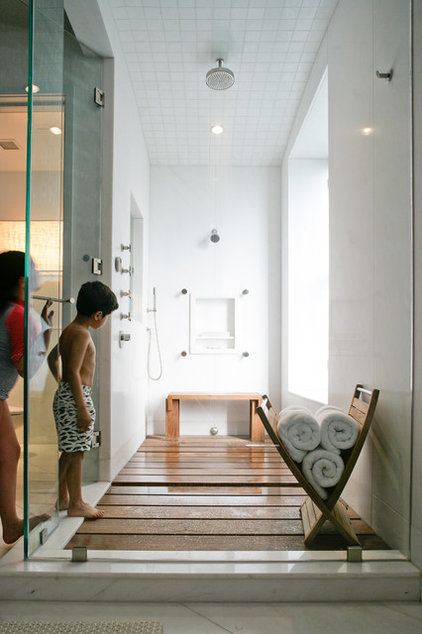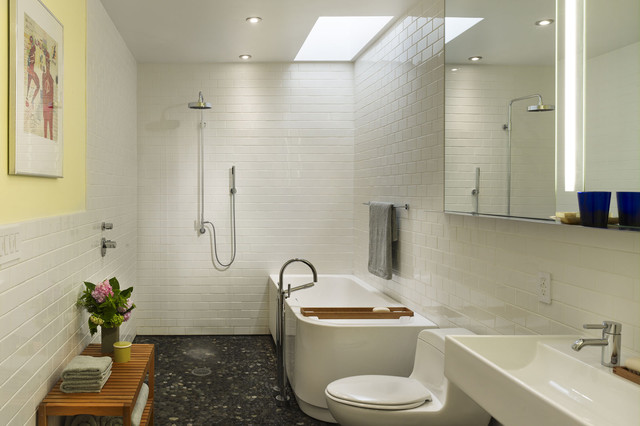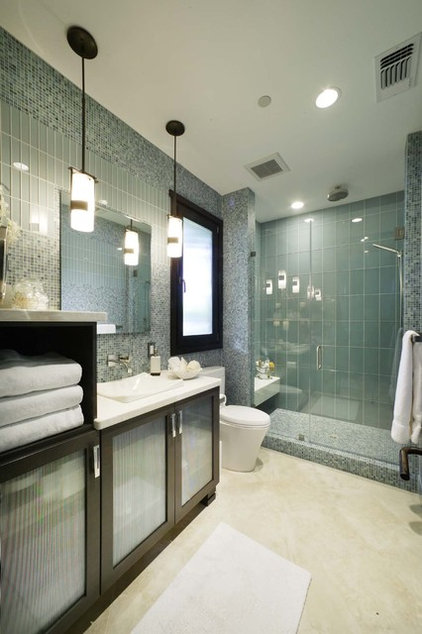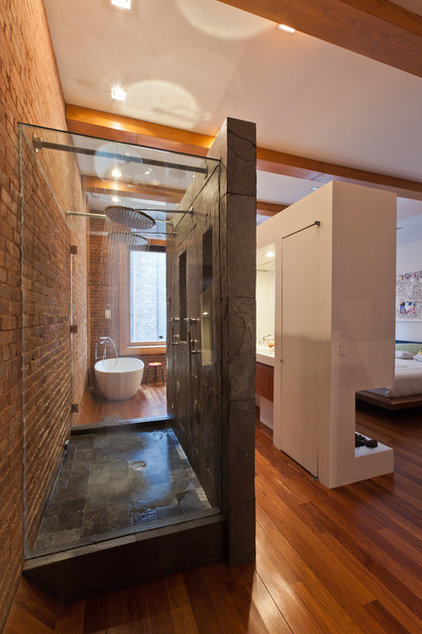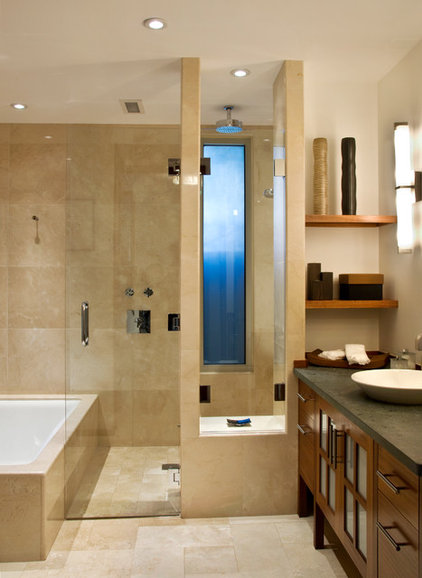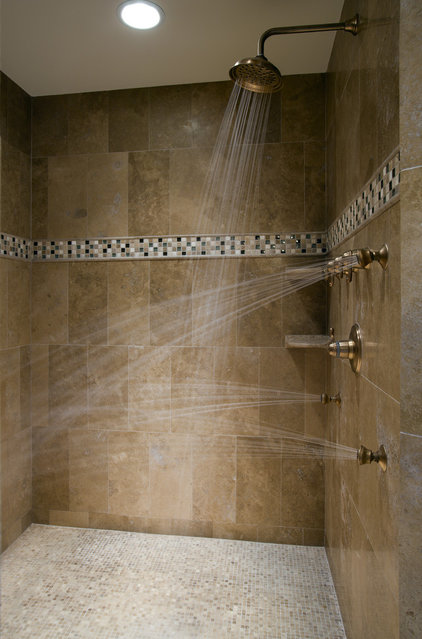Internet connectivity is no longer an option, but a necessity to do business. As such, more time and money is being eaten up by managing your internet needs. However, there are several things that you can do as a business owner to maximize your current resources, decrease your costs, and increase the reliability of your connectivity. Here are ten tips to help reduce your internet and telecom spending.
1. Move to a wireless local area network to reduce your cabling costs, which are a big piece of a network installation. With your computers and even phones on a wireless system, cabling costs can be almost eliminated.
2. Get to know your network usage. If you have the knowledge of how much bandwidth your employees use, then you can adjust your internet service accordingly. Tracking usage trends gives you the ability to gauge what services you will need in the future, making sure you aren’t paying for something you don’t need.
3. Offload your extraneous internet traffic to a secondary DSL. Surfing traffic eats up a lot of your bandwidth. If you use a fibre connection to support your business, consider moving less important surfing traffic to a low-cost DSL service, reserving the fibre for priority items such as cloud applications, email or voice over IP.
4. Take advantage of new technologies for small business. For example, you can install a relatively inexpensive application that will let employees use their smartphones over company Wi-Fi as their primary business phone. A smart ISP can help you classify your internet service to prioritize voice quality for VoIP, allowing you to do away with traditional desk handsets. Not only does this lower costs, it improves employee productivity by increasing mobility.
5. Use the Cloud! So many services are available via the cloud that companies have traditionally had to pay a huge upfront cost for. By moving your data storage, back-ups, mail server or even software over to the Cloud, you can eliminate purchase costs and pay a more manageable monthly fee.
6. Avoid service agreements with data transfer charges. Just like a cell phone contract that only allows a certain number of minutes, your internet service agreement may only include a certain level of usage. Make sure you have an unlimited agreement to avoid any overage fees.
7. Carefully reconcile your bills for errors. Often times large telecommunication companies make billing errors that are never caught. Ensure that your bill matches the costs that you have agreed to.
8. Factor customer service into your financial calculation. If your accounting department spends two hours a month with a billing rep fixing errant invoicing, how much is this costing you in productivity?
9. Assess how much network downtime is costing you. When your network or internet service goes down, how long does it take you to get in touch with your provider and get things working again? Any downtime at your company’s end prevents employees from performing their jobs optimally.
10. When in doubt, ask for help. Networking professionals who are familiar with both local area networks (inside your office) and wide area networking (out to the Internet) can help you assess what strategy is best for your business. An expert will be able to tell if upgrading will improve efficiency or just be a waste of financial resources.
www.teambluesky.ca
1. Move to a wireless local area network to reduce your cabling costs, which are a big piece of a network installation. With your computers and even phones on a wireless system, cabling costs can be almost eliminated.
2. Get to know your network usage. If you have the knowledge of how much bandwidth your employees use, then you can adjust your internet service accordingly. Tracking usage trends gives you the ability to gauge what services you will need in the future, making sure you aren’t paying for something you don’t need.
3. Offload your extraneous internet traffic to a secondary DSL. Surfing traffic eats up a lot of your bandwidth. If you use a fibre connection to support your business, consider moving less important surfing traffic to a low-cost DSL service, reserving the fibre for priority items such as cloud applications, email or voice over IP.
4. Take advantage of new technologies for small business. For example, you can install a relatively inexpensive application that will let employees use their smartphones over company Wi-Fi as their primary business phone. A smart ISP can help you classify your internet service to prioritize voice quality for VoIP, allowing you to do away with traditional desk handsets. Not only does this lower costs, it improves employee productivity by increasing mobility.
5. Use the Cloud! So many services are available via the cloud that companies have traditionally had to pay a huge upfront cost for. By moving your data storage, back-ups, mail server or even software over to the Cloud, you can eliminate purchase costs and pay a more manageable monthly fee.
6. Avoid service agreements with data transfer charges. Just like a cell phone contract that only allows a certain number of minutes, your internet service agreement may only include a certain level of usage. Make sure you have an unlimited agreement to avoid any overage fees.
7. Carefully reconcile your bills for errors. Often times large telecommunication companies make billing errors that are never caught. Ensure that your bill matches the costs that you have agreed to.
8. Factor customer service into your financial calculation. If your accounting department spends two hours a month with a billing rep fixing errant invoicing, how much is this costing you in productivity?
9. Assess how much network downtime is costing you. When your network or internet service goes down, how long does it take you to get in touch with your provider and get things working again? Any downtime at your company’s end prevents employees from performing their jobs optimally.
10. When in doubt, ask for help. Networking professionals who are familiar with both local area networks (inside your office) and wide area networking (out to the Internet) can help you assess what strategy is best for your business. An expert will be able to tell if upgrading will improve efficiency or just be a waste of financial resources.
www.teambluesky.ca

